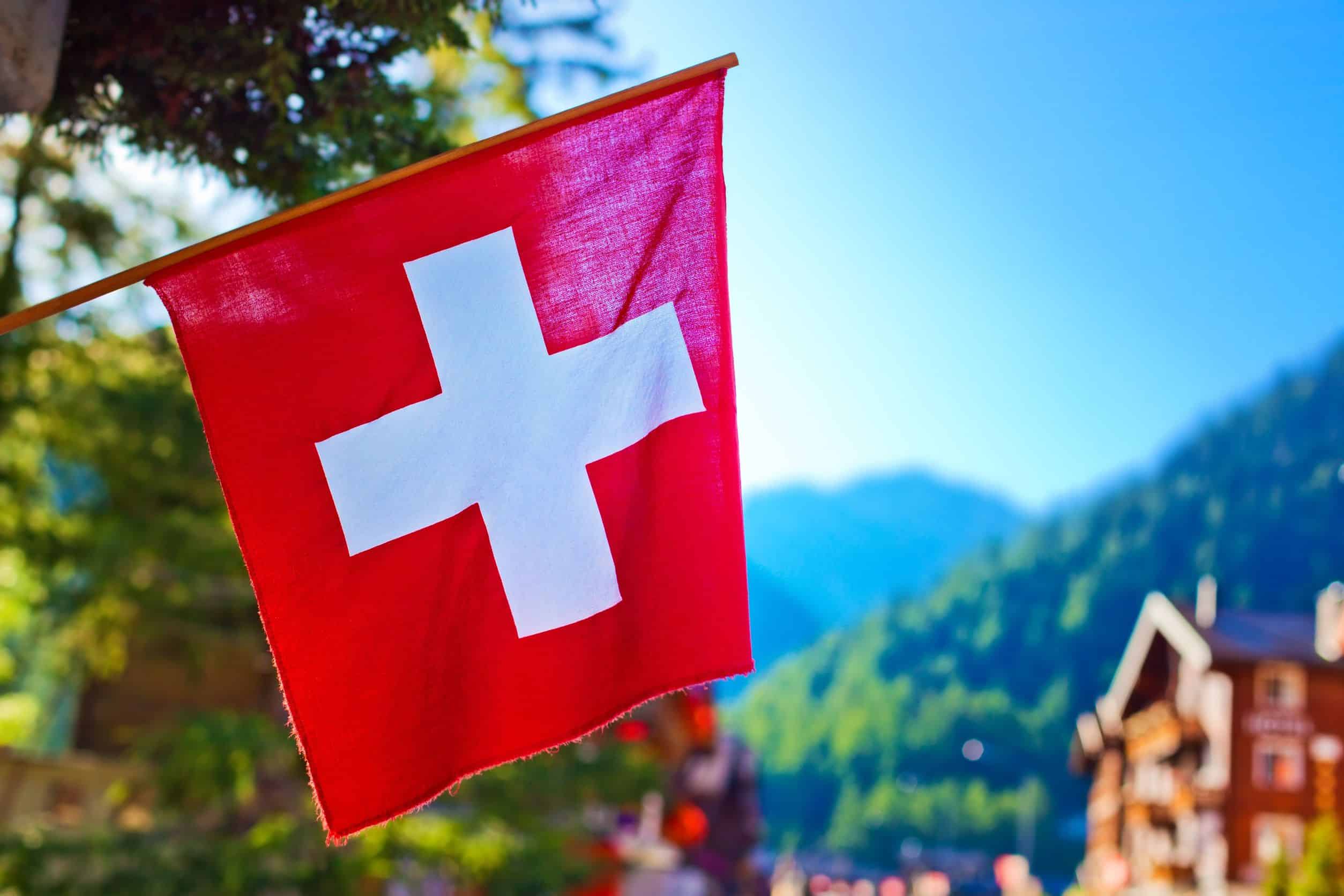In April BESTMALZ was invited to the Zurich Bier Festival in Switzerland. At this event, beer lovers, restaurateurs, brewers and craft beer enthusiasts can enjoy a wide range of beers as well as interesting talks and workshops on the topic of beer.
Our topic was naturally malt: In our beginners’ workshop we explained the following questions: What is the function of malt in brewing? What kinds of malt are there? How does malt influence the color of the beer and what is the EBC value? Where does the malt in our beer come from? Professional brewers were given more specific input and had the chance to ask individual questions – for example on the malting process of base, specialty and roasted malts and their impact on the beer aroma. Participants learned all about cytolysis, proteolysis and amylolysis in preparing the malt and their significance in the brewing process. Annika Klee, a beer sommelier, explained the differences between specialty malts and carried out a sensory evaluation of different malt types and beer styles.
Alpine ale aficionados
Did you know that Switzerland is mad about beer? For example, this small Alpine country has the highest density of breweries per capita: The country currently (early 2018) boasts almost 900 breweries – and the number is growing. At around 55 liters a year, beer consumption per inhabitant may be below average in an international comparison, but quality and diversity are obviously more important than quantity: Two thirds of breweries are microbreweries. Swiss beer drinkers also enjoy drinking specialties from other countries, maybe because one fifth of all Swiss people have foreign roots. That means they often remain loyal to beer types from their country of origin. Around a quarter of the 4.6 million hectoliters of beer sold per year is imported.
Enduring affection for beer
Enjoyment of beer has a long tradition in Switzerland: As in other European countries, up until the High Middle Ages beer was a dietary staple that was made by women at home. Especially in inaccessible mountain regions, this certainly made sense. Monasteries were also productive brewers, first and foremost the monastery of St. Gall, which even had three breweries in the early 9th century (one each for monks, pilgrims and other guests). Later, when the monasteries started selling beer on a commercial basis, the low prices they demanded provided fierce competition for civic breweries and taverns. From the 15th century, monasteries were banned from selling beer in many regions, which led to the rise of commercial breweries. In the 17th century, the Canton of Bern granted permission for the commercial production of beer outside monasteries for the first time, heralding the birth of the Swiss brewing industry. Towards the end of the 19th century, beer had replaced wine as the Swiss national drink.
Craft beer diversity
It is hardly surprising that many Swiss craft beers are brewed at a certain altitude – after all, 70 percent of the country is mountainous and also the rest is well above sea level. The highest brewery is at an altitude of 1,625 m in the small village of Monstein near Davos. At Zurich Bier Festival, visitors could see and taste the diversity of Swiss beer: As well as many foreign craft brewers, the festival attracted various local “crafties” from all over Switzerland. They range from wine makers who also make beer to brewers who create their beers in disused swimming pools, and a microbrewery that brews Belgian-style beer.
We definitely recommend Switzerland as a destination for beer enthusiasts! For a map of all the breweries in Switzerland, see https://www.europeanbeerguide.net/swisbrew.htm or https://bov.ch/beer/swissmaps.html

